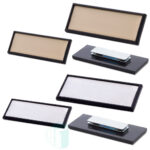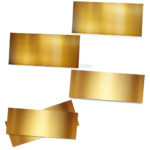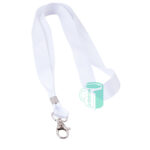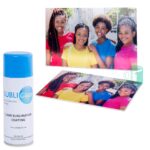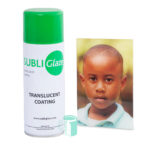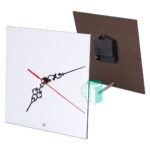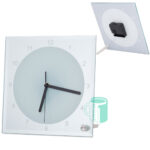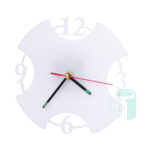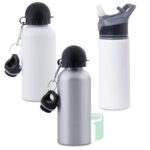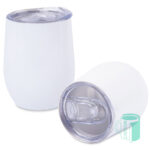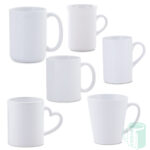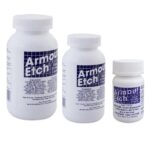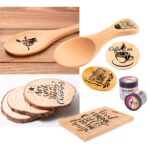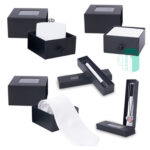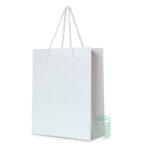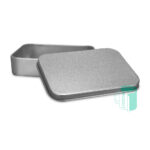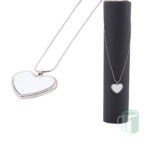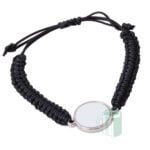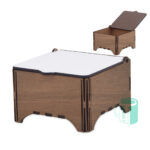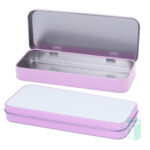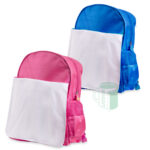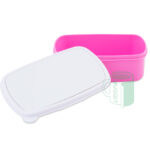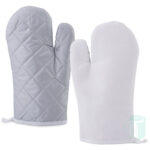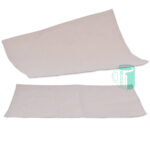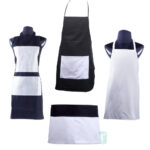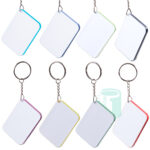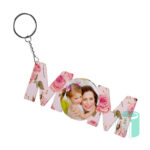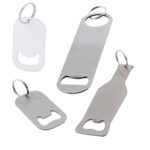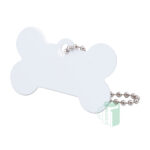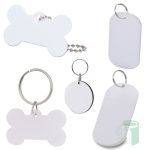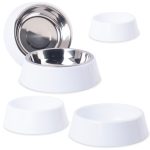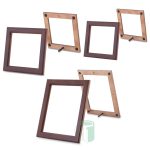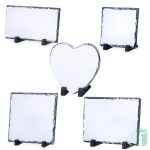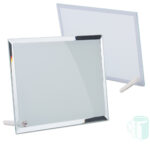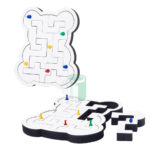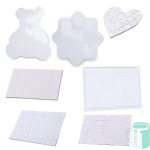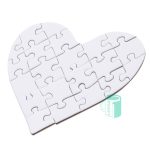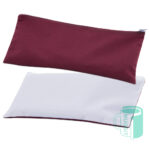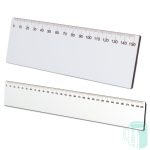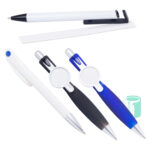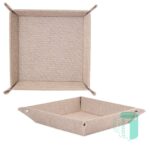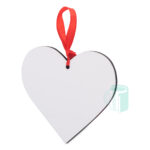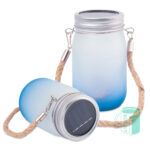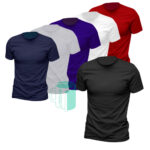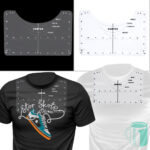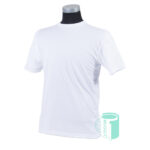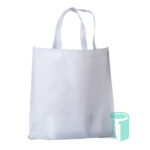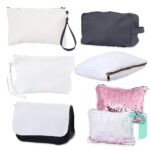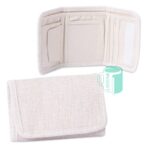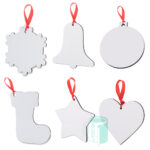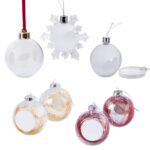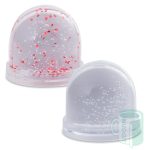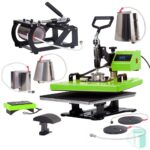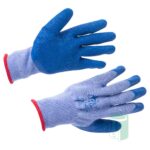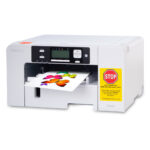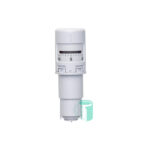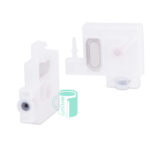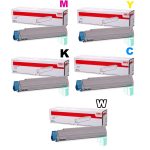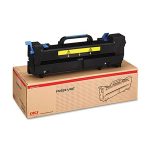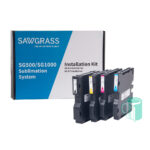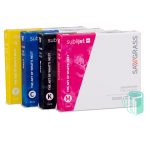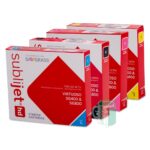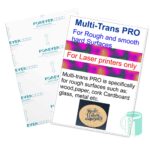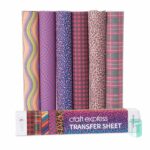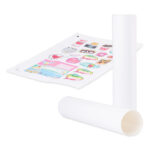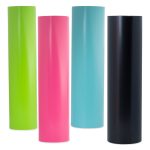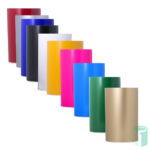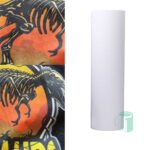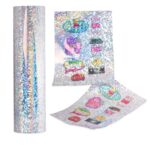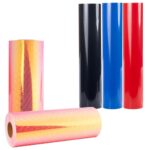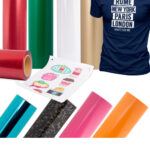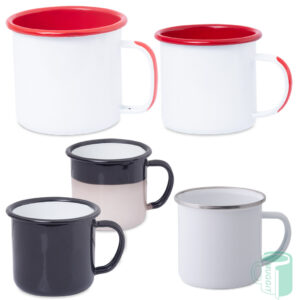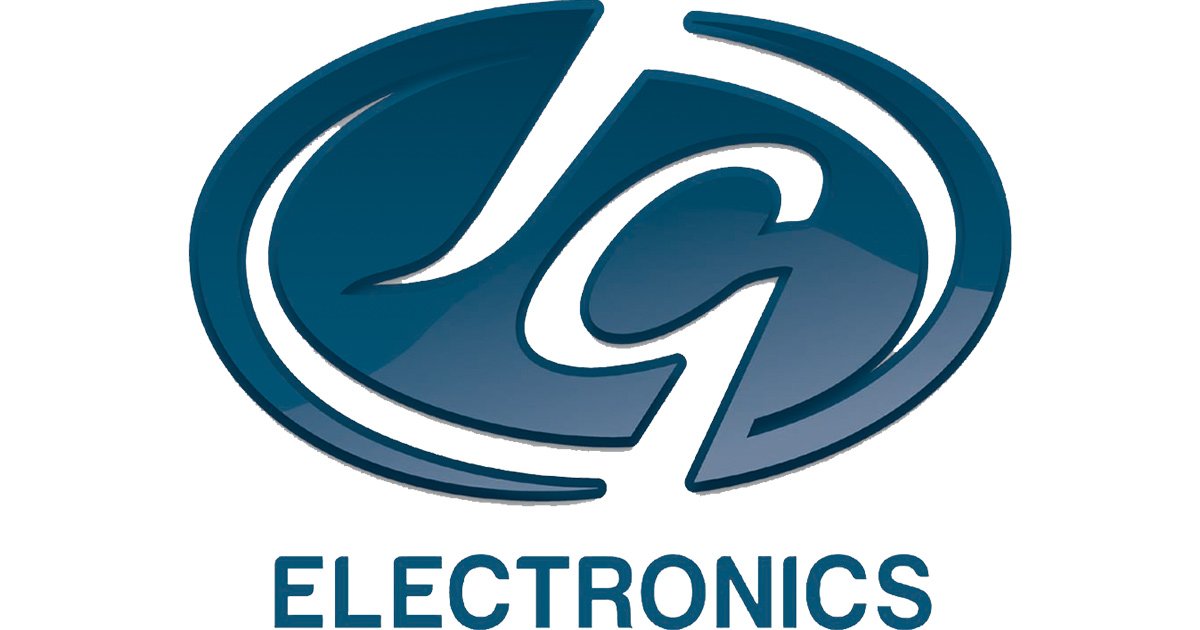Cart
Mug Coatings and Quality
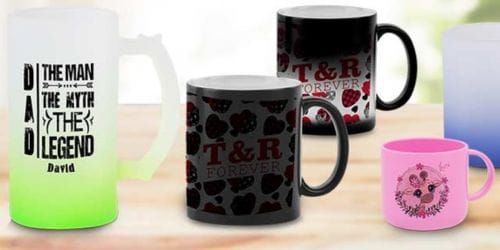
Material Used to make mugs
Mugs are made from 3 different types of clay depending on their market.
Porcelain:
The most elegant and most expensive material. Mugs have thinner walls and don’t get marked by daily use – For example: A porcelain plate doesn’t get scratched by cutlery like other types of clay. Porcelain is not as strong as Stoneware but has the best heat retention.
Stoneware:
The most common choice for mugs due to its durability and strength.
Earthenware:
Not as strong or as durable as stoneware but cheaper. Before being glazed the clay has a reddish tint. Usually used for things like terracotta items and roof tiles but also used for sublimation mugs by low cost suppliers. Earthenware mugs will usually be off white.

Table of Content
- How mugs are made commercially
- Why are mug grade and coating grades important for sublimation printing
- Mug grades
- How to tell what grade your mug is?
- Special note on glazes
- Mug coatings
- Microwave safe
- Dishwasher safe
- How to test how dishwasher safe your mugs are?
- Colour change mugs
- Japanese vs Chinese colour change coating
- Wash test
- Mugs we sell at JG Electronics
How mugs are made commercially
This short video gives you’re a summary of how mugs are manufactured in volume and is well worth watching.
Not all the steps are explained in detail especially the part about the mugs drying before being glazed. Clay shrinks by 5-20% as it dries and the water evaporates and a further 4-6% while being fired. Since mugs are air-dried environmental factors affect the evenness and quality of the mugs.
Why are Mug grades and coating grades important for sublimation printing?
Every sublimation mug supplier claims to offer the best quality at the lowest price—here’s how to verify their claims and why it matters.
Higher-grade mugs ensure better transfers with fewer voids or light areas, especially for full-coverage images. Superior coatings enhance colour vibrancy and durability, extending print longevity, particularly with frequent washing.
Mug Grades
- Mugs for sublimation vary in quality, and not all are truly A-grade. Many B-grade or C-grade mugs are marketed as A, AA, or AAA-grade due to the general inability of customers and local suppliers to distinguish between these grades.
- The grade has nothing to do with the coating. It’s merely the quality of the mug itself. The coating is a different story altogether.
- The quality of raw materials, machinery, environmental conditions, glazing, kiln accuracy, and electricity reliability all influence the final product's quality.
- Mugs are visually graded by the manufacturer after they are glazed and there is no manufacturing process which only produces A-grade or higher mugs. There will always be lower grades coming out of the process.
- AAA mugs are the most uniform and most expensive, while porcelain AAA mugs are even more expensive.
- Many suppliers in the sublimation industry sell B-grade mugs as A-grade to save costs, and also mix B & C grades and call them A grade.
How to tell what grade your mug is?
- Light showing through:
Take the mug and put it on a flat surface near a window or light source, then come to down the surface level and roll the mug towards you. Look at the area between the mug surface and the flat surface. The higher the grade the less likely you are to see light showing through this area.
- Ears:
Look at say 10 mugs from the same box. Are the ears uniform on all of them or do they vary greatly in size and shape?
- Handles:
Are the handles all the same and put on straight ? As they are applied by hand there will be some variation but they should not be wildly different. - Even in thickness:
Sit the mug on a desk with the bottom of the mug against the desk and look into the mug from the top. Are the side walls (rim) even in thickness? The more even and the more consistent different mugs are the higher the grade. - Blemishes:
Are there any blemishes on the surface of the mug (spots, dents, holes etc.)? These indicate B-grade or lower. - Colour of the mug:
Look at the colour of the mug. To get the whitest surface the glaze needs tin oxide or titanium oxide added to it both of which are VERY expensive and generally avoided by sublimation mug suppliers. Some suppliers use Zircopax which is cheaper and a nice white but not as white as tin or titanium. - Whiter:
The whiter the mug the brighter your print will be. - Price:
Did you pay the same or similar price for a AAA-grade as the market price for an A-grade? There’s a good reason to strongly suspect what you bought isn’t AAA-grade. - The photo above shows a low grade, medium grade, and premium grade mug in order from left to right.
Special note on Glazes
For human health it’s essential that all mugs are glazed with materials that are both Cadmium and Lead free and at the very minimum your supplier should be able to produce a certificate from a certified labs attesting to this.
Mug Coatings
History:
In the early days of sublimation, suppliers of which there were very few used to buy mugs from the mug manufacturer and then apply their own coatings.
The first coating to be approved by Disney to be truly dishwasher safe was the Rich Neely Coating from the USA which the top mug suppliers used at the time. Then the ORCA coatings where born in China and for many years these were the best two coatings to use if you wanted true dishwasher safe products. Then JS coatings came out (whilst not as good as ORCA or Rich Neely) it was still a very capable coating.
In time however the mug manufacturers in China realized they could make higher profits if they sold mugs already coated for sublimation instead of plain mugs and suddenly there was an explosion of mug suppliers on the market all selling coated mugs under their own brand names.
Even today, the quality of coatings isn’t a major concern for most people because, unless they directly compare a high-quality coating with a lower-quality one, they won’t notice the difference. After all, no one keeps track of how many times a mug goes through the dishwasher.
However, if the print begins to fade or wash out too quickly, it’s bound to disappoint the customer
Microwave Safe
Microwave safe refers to the glaze on the mug and not the coating. The coating can handle the heat of the press and it has no metals in it, so there’s no issue.
All glazed ceramics are generally microwave safe as long as you understand the following:
- A good quality glaze is low in iron but more expensive than a cheap glaze. The higher the iron content the less microwave safe it is.
- Most ceramics with the exception of vitrified ceramics (means it’s been fired at a very high temperature for an extended period) are porous to some degree. This means if you leave water in a mug say overnight, some water will permeate into the mug. If you then pop it into the microwave for long enough the mug can crack.
Dishwasher Safe
Ceramics in general, if fired at a high enough temperature and with a good quality glaze are pretty much all home dishwasher safe.
In the sublimation market, the distinction between industrial and home dishwashers is often overlooked. Industrial dishwashers, commonly used in the food and restaurant industry, operate at higher temperatures and are significantly more abrasive than home dishwashers. To withstand these conditions, vitrified mugs are used, as they are more durable.
Also the sublimation coating cannot withstand the extreme temperatures and abrasion of an industrial dishwasher for very long.
This is the reason why you don’t see sublimation printed mugs in restaurant.
Something is regarded industrial dishwasher safe if it can withstand 280 washes in an industrial dishwasher with minimal image loss.
How to test how dishwasher safe your mugs are?
Most suppliers won’t give you a realistic assessment of their mugs. They often boast about impressive figures like surviving 2,000 to 6,000 dishwasher cycles, which sounds great but is usually just clever marketing.
The easiest way to verify these claims is by conducting your own test. Purchase mugs from various suppliers, print the same image on each, and boil them in plain tap water for 4–5 hours.
No mug will emerge from the test unscathed, but by comparing the level of fading or damage across the samples, you can determine which supplier offers the most durable coating.
This is our go-to method for evaluating suppliers’ claims about their supposedly superior coatings.
A word of caution: avoid adding dishwashing liquid to the water. It produces unpleasant odors and potentially harmful vapors. Plain water does the trick just fine!
Mug A is before the boil test, Mug B is after boiling a dishwasher safe mug (there will always be some change as some of the colour bleeds out). Mug 8 is NOT dishwasher safe.
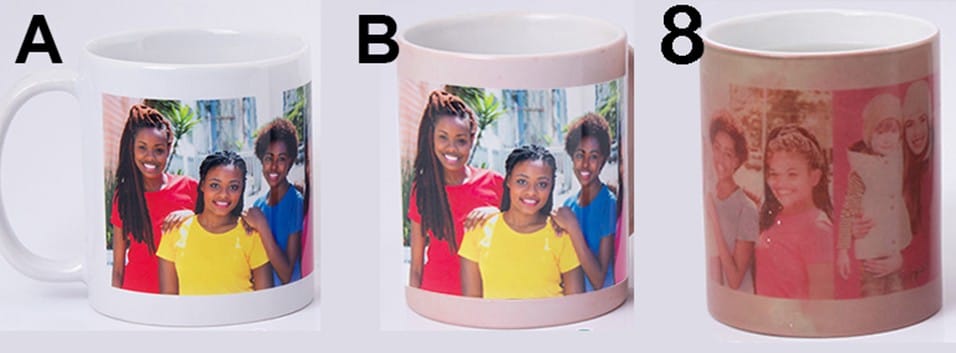
Colour change mugs
Color-changing mugs are neither dishwasher-safe nor UV-resistant, as their ability to withstand dishwashing and UV exposure is quite low.
The reason lies in the composition of the color-change coating, which consists of microscopic bubbles filled with color-change material. When exposed to temperatures beyond 160°C, these bubbles burst, reducing the amount of material left to create the color-changing effect.
You can see this in action by pressing a color-changing mug in a mug press (without printing an image) and letting it cool. The color will appear lighter compared to a mug that wasn’t pressed.
Similarly, prolonged exposure to sunlight or non-LED light sources will destroy the color-change material due to UV rays. Under artificial light, the damage occurs more slowly than under direct sunlight, but it still happens over time.
Japanese vs Chinese colour change coating
The Japanese color-change coating is the original innovation and remains unmatched in quality. When the mug is hot, it turns a clean white. When it cools down, the color becomes less transparent compared to its Chinese counterpart.
In contrast, Chinese color-change coatings often display a yellowish tint when hot (varying by supplier) and are more transparent when cold. Despite these differences, the Chinese coatings dominate the South African market because they are significantly cheaper.
Wash Test
Below are two mugs A & B from two different suppliers both claiming their mugs to be dishwasher safe. While A looks better after wash testing it’s still not great. B is just terrible.
Colour change mugs should be handwashed ONLY.
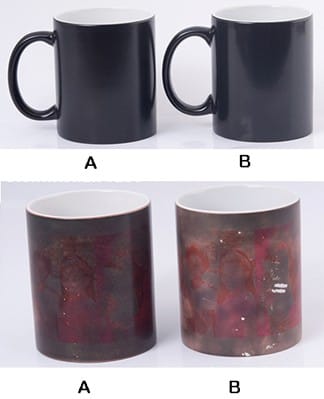
Mugs we sell at JG Electronics
-

Beer Mugs
Price range: R49,34 through R53,94 Incl VAT Select options This product has multiple variants. The options may be chosen on the product page -
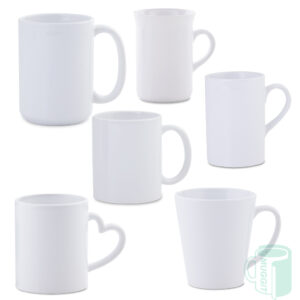
Blank Sublimation White Mugs
Price range: R17,70 through R48,20 Incl VAT Select options This product has multiple variants. The options may be chosen on the product page -
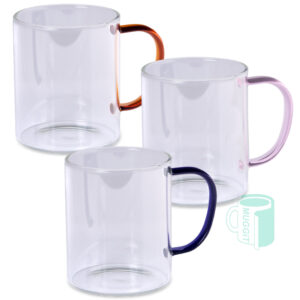
Clear 13oz Glass Mugs
R72,62 Incl VAT Select options This product has multiple variants. The options may be chosen on the product page -
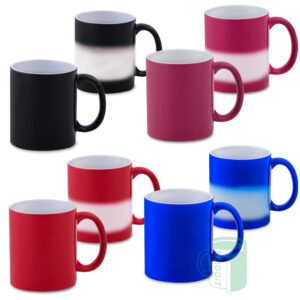
Colour Change Mugs
Price range: R32,90 through R45,89 Incl VAT Select options This product has multiple variants. The options may be chosen on the product page -
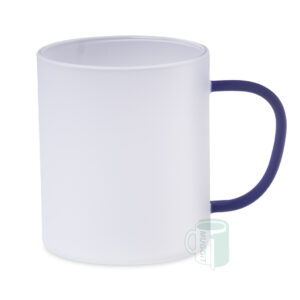
Frosted 13oz Glass Mugs
Price range: R67,74 through R72,62 Incl VAT Select options This product has multiple variants. The options may be chosen on the product page -
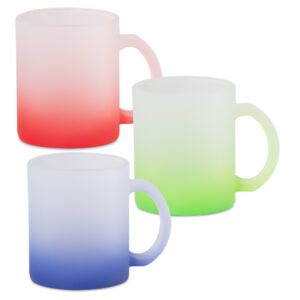
Frosted Glass Mugs
Price range: R25,65 through R32,90 Incl VAT Select options This product has multiple variants. The options may be chosen on the product page -
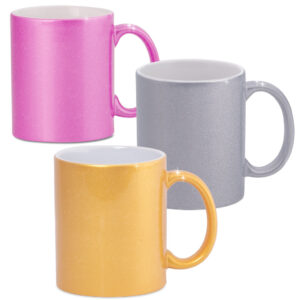
Glitter Mugs
Price range: R34,50 through R41,96 Incl VAT Select options This product has multiple variants. The options may be chosen on the product page -

Occasion Mugs
Price range: R52,79 through R60,84 Incl VAT Select options This product has multiple variants. The options may be chosen on the product page -
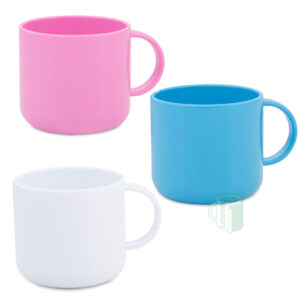
Polymer Kids Mugs
Price range: R30,48 through R33,70 Incl VAT Select options This product has multiple variants. The options may be chosen on the product page -
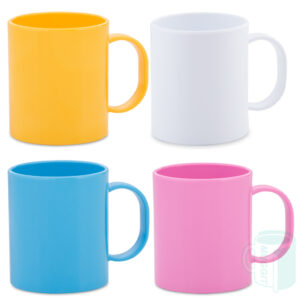
Polymer Mugs
Price range: R37,84 through R42,44 Incl VAT Select options This product has multiple variants. The options may be chosen on the product page -
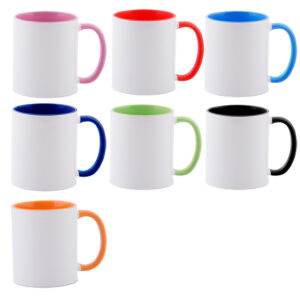
Two Tone Inner & Handle Mugs
R23,46 Incl VAT Select options This product has multiple variants. The options may be chosen on the product page -
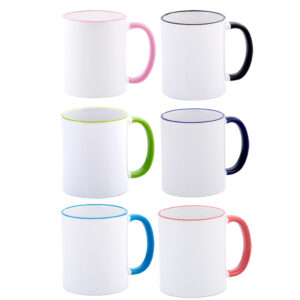
Two Tone Rim & Handle Mugs
R23,46 Incl VAT Select options This product has multiple variants. The options may be chosen on the product page









